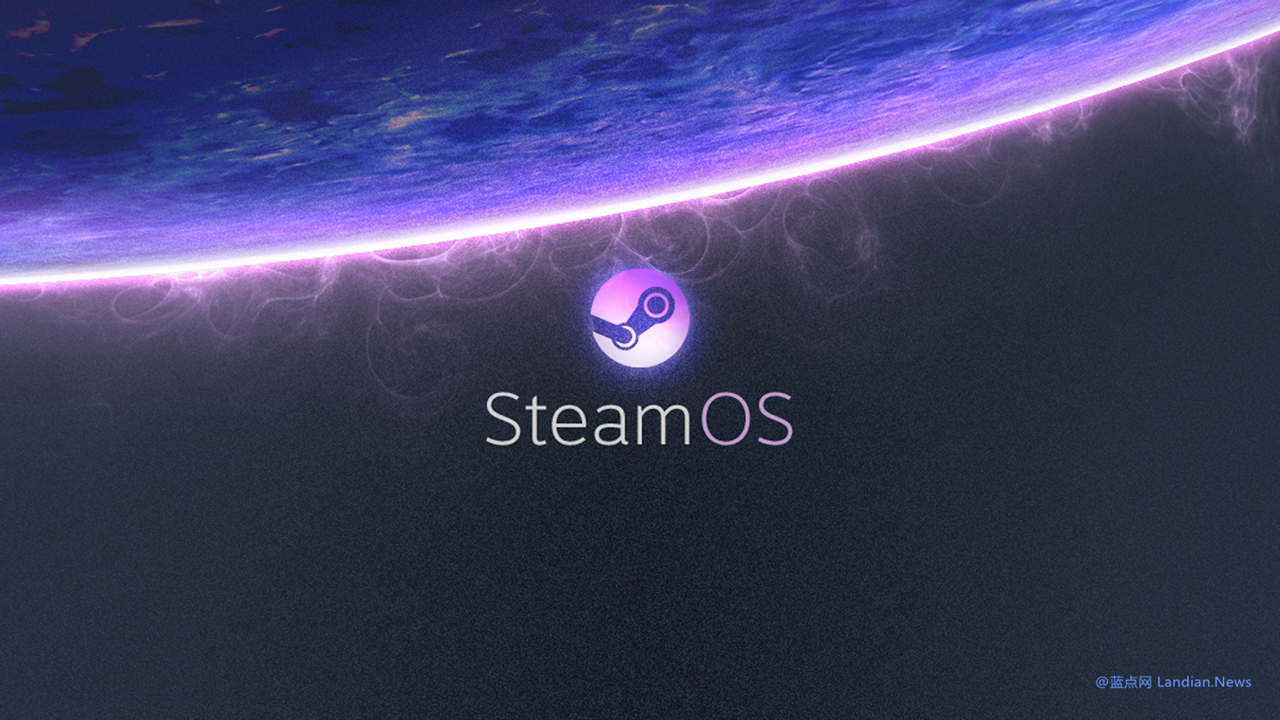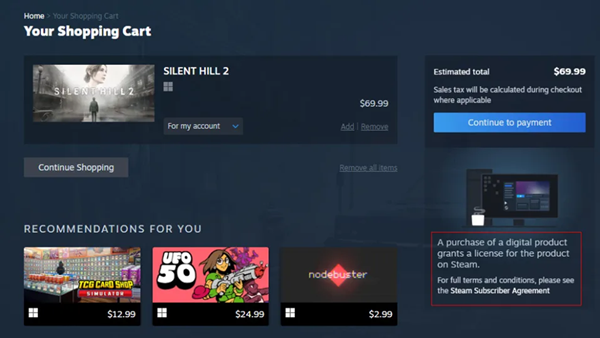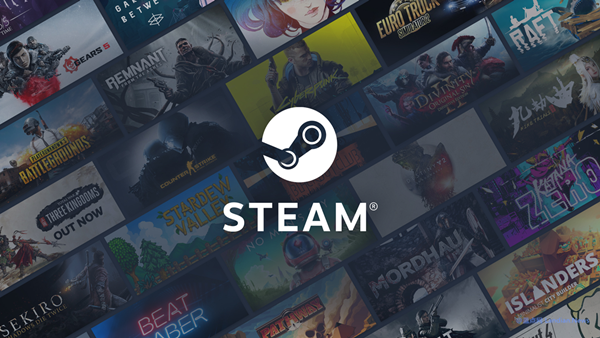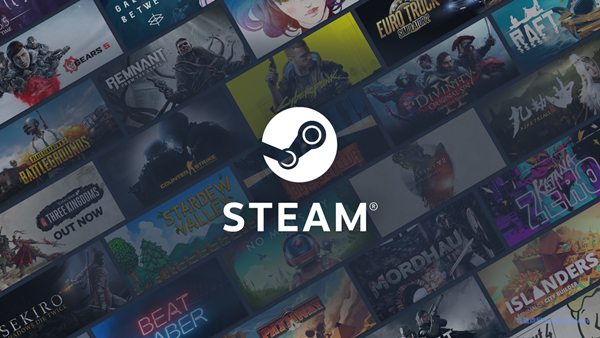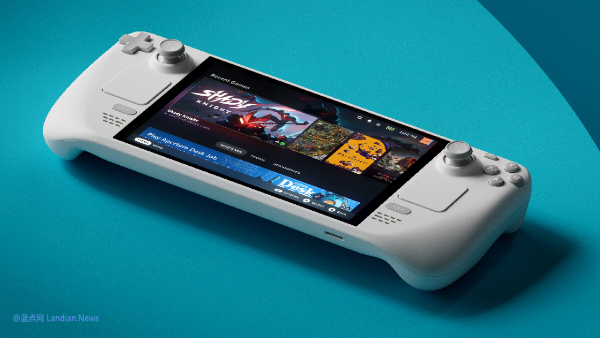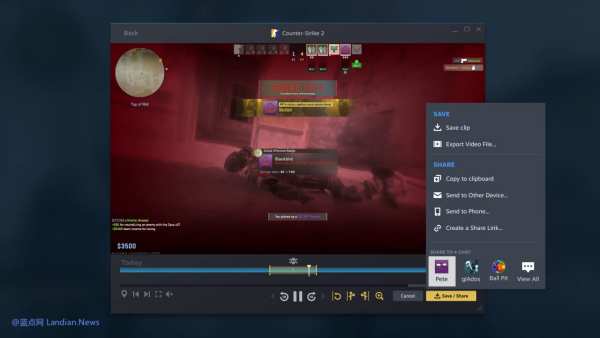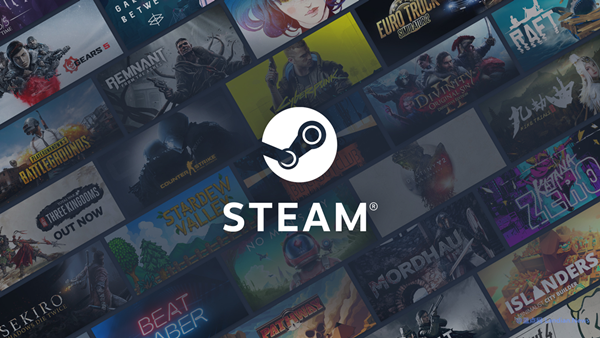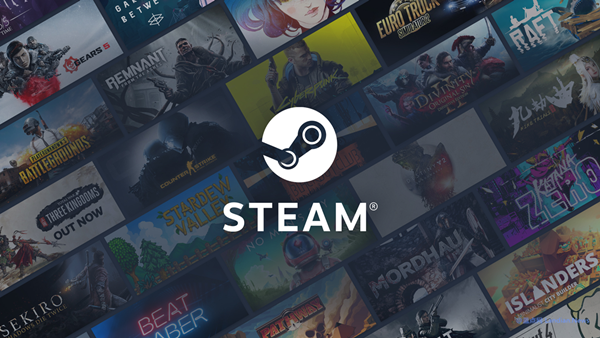SteamOS May Support Other Gaming Handhelds: Valve Aims to Be the Windows of the Gaming Handheld Market
Valve's gaming handheld, the Steam Deck, has gained immense popularity as it allows players to enjoy games they have already purchased on the Steam platform directly on the device. Despite SteamOS being Linux-based, it is not entirely open-source.
However, Valve has long-term plans to introduce SteamOS to other devices. Notably, a recent firmware update for the Steam Deck mentioned support for the additional ROG Ally buttons.
The ASUS ROG Ally is a gaming handheld launched by ASUS that runs on Windows 11. It offers a gaming mode that allows for playing PC games on the handheld, and while Windows 11 provides better compatibility due to its design for PCs, its experience on small-screen gaming handhelds does not match that of SteamOS. Thus, if SteamOS were to become an open system, it is believed that a large number of OEMs would be willing to launch gaming handhelds pre-installed with SteamOS.
With Windows dominating the desktop platform market, Valve's idea seems to be to become the Windows of the gaming handheld market by attracting more users with the open SteamOS system.
For Valve, this move could be very profitable. Even though opening SteamOS to competitors might affect Steam Deck sales, it would attract more users to the Steam platform, where Valve earns a commission on game sales.
Following the launch of the Steam Deck, manufacturers like ASUS, Lenovo, and MSI have already introduced gaming handhelds, all powered by Windows 11. The competition in the gaming handheld market is not yet fierce, suggesting that more manufacturers might enter the fray.
Switching these gaming handhelds to SteamOS could significantly enhance the user experience, especially since the current experience on Windows 11-powered gaming handhelds is not optimal.
However, for Valve, releasing a universal version of SteamOS is a daunting task. The biggest challenge lies in optimizing drivers. Many games perform well on the Steam platform because Valve can optimize for a known static hardware configuration.
Developing a universal version means adapting and optimizing drivers for other manufacturers' handhelds, which would exponentially increase the workload. With Valve's relatively small team and even with OEM collaboration, the adaptation work could be very slow.
